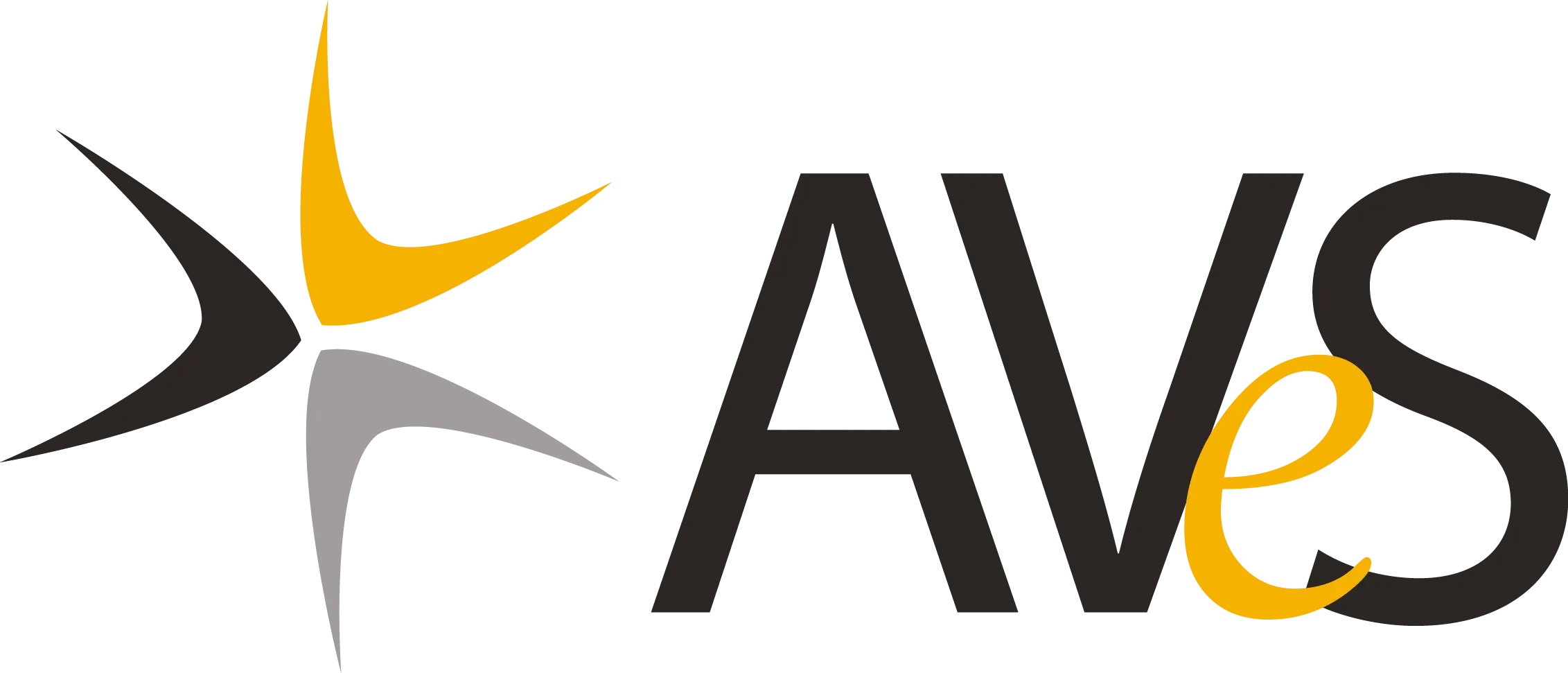What’s behind flopping IT governance?
4 mins
Poor recipe alignment, rather than bad recipes, is at the root of flopping IT governance. When people are aligned with proven processes, companies can achieve consistency in governance, ensure predictability and get the value they want from IT.
How could your business benefit from better IT governance?
Solid IT governance provides the structure around how to align IT strategy with the overall business strategy. When tech governance knowledge meets tech skills, technology can be sweated for real business benefits including cost efficiencies, compliance, better returns on investment in IT, continuity, and resilience.
IT is expected to add value to the business by improving productivity, increasing efficiency, driving profitability, optimising communication, enabling more effective decision making, and reducing risks. Yet, despite technology advancements and increased awareness of technology management, your IT deployments may not be delivering the outcomes you expected.
“
Poor IT governance is often the cause of the mismatch between these expectations and what IT is doing.
x“
Effective IT governance needs structure
There’s a historical vacuum between what businesses want from IT and what they are doing, resulting in chaotic rather than proactive IT governance. Closing this gap means following the processes that align people to technology so that everyone understands the business expectations for IT and works towards enterprise goals.
“
Working within a governance framework such as COBIT 2019 creates a game plan, the core recipe, for how things should be done.
.“
It ensures a more predictable outcome in terms of how people, technology and processes behave and work together. It also facilitates consistency and helps to prevent unwanted or unexpected outcomes.
Information security management systems, like the ISO ISO/IEC 27000 family of standards, offer a systematic approach to managing sensitive company information and encompass people, processes, and IT systems by applying a risk management process.
These frameworks are regarded as useful guides for the implementation of IT governance. They provide the structure for how your business can align IT strategy with the overall business strategy to ensure that it remains on track to achieve its goals. They also provide insights into how the IT department is functioning, whether stakeholders’ interests across the enterprise are being considered, and importantly the returns and value IT is delivering.
Follow the recipe for successful IT governance
The recipes for governance success are available. People need to be shown how to follow them.
The issue is how to practically apply these frameworks in real, business life if knowledge of governing technology isn’t inherent. The successful application of COBIT 19 and other frameworks in any business depends on building internal capacities to incorporate the processes and policies they teach as part of everyday habits.
Conclusion
“
It’s important for everyone, from the IT Manager to the CIO, to understand how to use the frameworks, and why.
.“
See also the case study: Governance ensures operational resilience during COVID-19 lockdown >>
Learn how to align people, tech and processes
Frameworks such as COBIT 2019, ISO 27001 and ISO 27002 guide what needs to be done, how it should be done, who needs to do it, and when. AVeS Cyber Security has developed an online I&T Governance and Management Masterclasses based on COBIT 2019 and Information Security Masterclasses based on ISO 27001/02 to show businesses how to align their IT and their people to the frameworks. See below for more details.
Do you like this article? To receive our monthly newsletter sign up for our newsletter here.
Want to upgrade your Business-IT alignment skillset?
The two-day Masterclasses are open to anyone who wants to learn how to practically incorporate these frameworks practically in business. The courses are presented by AVeS Cyber Security’s Managing Director & Lead Information Security Auditor, Cecil Munsamy.
